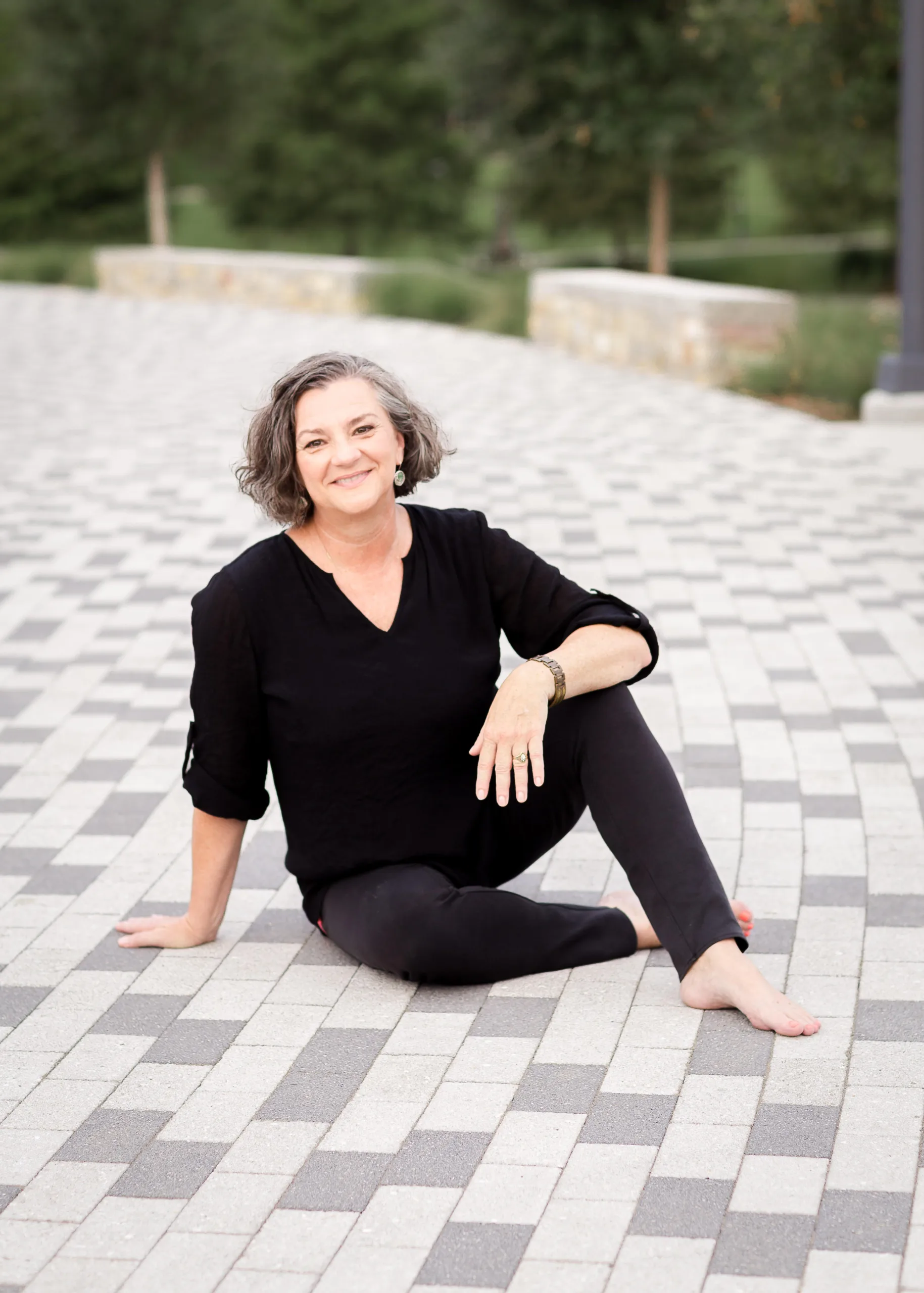There’s a world at our feet few even notice, full of untamed beauty, bizarre names, and even more bizarre stories. Cherie shares her love of Texas wildflowers, then shows you how to make wildflowers part of your own Texas landscape’s story.
Home » Speakers Bureau » Speakers Bureau » Wild About Wildflowers
There’s a world at our feet few even notice, full of untamed beauty, bizarre names, and even more bizarre stories. Cherie shares her love of Texas wildflowers, then shows you how to make wildflowers part of your own Texas landscape’s story.

A professional landscape designer and native Texan, Cherie has designed hundreds of low-maintenance commercial and residential landscape designs since 1994 through her company, Nature’s Tapestry. She’s also helped create schoolyard […]

A professional landscape designer and native Texan, Cherie has designed hundreds of low-maintenance commercial and residential landscape designs since 1994 through her company, Nature’s Tapestry.
She’s also helped create schoolyard gardens and habitats throughout Texas. As a garden writer, she’s authored traditionally published books for both children and adults while also contributing more than 100 magazine and newspaper articles over the last four decades. She shares her passion for stewardship of creation with groups across the nation, as well as on television, radio, and podcasts. Cherie’s gardening blog – Garden Dishes – was named by PBS’ Central Texas Gardener as a favorite.
In her spare time, you can find Cherie singing and gardening – often simultaneously - at her home or church in The Woodlands where she feels confident she’s proven the theory that singing to plants makes them grow faster. Or, maybe that it only works on native plants and noxious weeds!

New Braunfels, the location of our Fall 2024 Symposium, straddles both the Edwards Plateau Ecoregion and the Blackland Prairie ecoregion. Interstate 35 divides the city of New Braunfels; its path through the city closely parallels the boundary of these two ecoregions, with the Edwards Plateau on the west side and the Blackland Prairies region to the east. The Edwards Plateau area is also called the Hill Country; however, this general term covers a much larger area extending farther north. Spring-fed creeks are found throughout the region; deep limestone canyons, rivers, and lakes (reservoirs) are common. Ashe juniper is perhaps the most common woody species found throughout the region. Additional woody species include various species of oak, with live oak (Quercus fusiformis) being the most common. Sycamores (Platanus occidentalis) and bald cypress (Taxodium distichum) border waterways. This area is well known for its spring wildflower displays, though they may be viewed in spring, late summer, and fall, as well. According to Texas Parks and Wildlife, average annual rainfall in the Edwards Plateau ranges from 15 to 34 inches.
The Blackland Prairie extends from the Red River south to San Antonio, bordered on the west by the Edwards Plateau and the Cross Timbers, and on the east by the Post Oak Savannah. Annual rainfall averages 30 to 40 inches, with higher averages to the east. This region is dominated by prairie species. The most common grass species include little bluestem (Schizachyrium scoparium) and Indian grass (Sorghastrum nutans) in the uplands and switchgrass (Panicum virgatum) in the riparian areas and drainages. Common herbaceous flowering plants include salvias, penstemons, and silphiums. This area has suffered greatly from overgrazing and agricultural use. Few intact areas remain, though many of the plants can be found along county roadsides throughout the region.
Our four host chapters (New Braunfels, Lindheimer, Guadalupe, and the Hill Country chapters) are located in one or both of the ecoregions above. However, the eastern portion of Guadalupe County also falls within the Post Oak Savanna ecoregion. Annual rainfall averages 35 to 45 inches, with higher averages to the east. A wide variety of hardwood trees are found, including several species of oaks, elms, and in the Bastrop area, loblolly pine (Pinus taeda). Grasses and forbs dominate in the open savannas, with most common grass being little bluestem. Ranching, agriculture, and fire suppression have allowed woody species to encroach on the once-open savannas.
Source: Wildflowers of Texas by Michael Eason